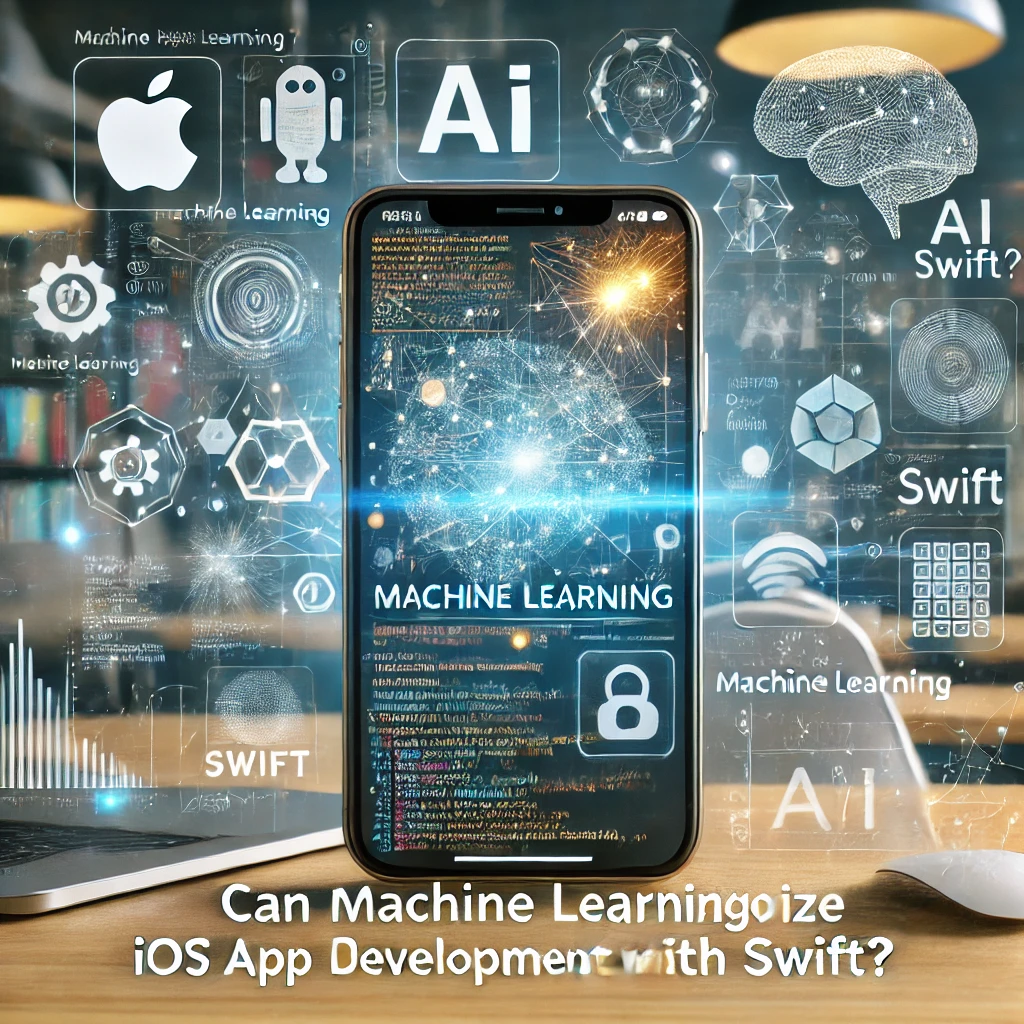
IOS app development with Swift has been at the forefront of creating innovative and user-friendly applications for Apple devices. With the rapid advancements in technology, machine learning has emerged as a powerful tool that can revolutionize the way IOS apps are developed and function.
Machine learning algorithms can enable IOS developers to create apps that can learn and adapt based on user behavior. This can lead to more personalized and predictive user experiences, making apps more intuitive and efficient. By leveraging machine learning, developers can analyze large amounts of data to gain insights into user preferences and trends, ultimately improving the overall app performance.
One of the key benefits of incorporating machine learning into IOS app development is the ability to automate tasks that would typically require manual intervention. Tasks such as data analysis, pattern recognition, and decision-making can be effectively automated using machine learning algorithms, saving developers time and effort in the development process.
Additionally, machine learning can enhance the security of IOS apps by detecting and preventing potential security threats in real-time. By continuously learning from patterns and anomalies in user behavior, machine learning algorithms can proactively identify and mitigate security risks, ensuring a safer user experience.
Furthermore, machine learning can revolutionize IOS app development by enabling the creation of more intelligent and interactive apps. Through natural language processing and image recognition capabilities, developers can build apps that can understand and respond to user input in a more human-like manner, enhancing the overall user experience.
Overall, the integration of machine learning into IOS app development with Swift holds immense potential to revolutionize the way apps are built, function, and interact with users. By harnessing the power of machine learning algorithms, developers can create highly personalized, efficient, and secure apps that cater to the evolving needs of users in the digital age.



